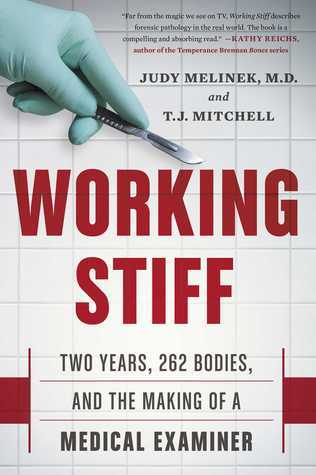What doyouthink?
Rate this book


258 pages, Hardcover
First published August 12, 2014






Be forewarned this book is not for those with a weak constitution as there are very graphic descriptions of numerous autopsies and real life accident and murder scenes.....some that will break your heart, and othersthat will give you the creeps;ANDif you want to know the worst way to die a pathologist has ever seen, it too will be described here.
Some explanations of the mechanics of the human body are truly remarkable, and the clues pathologists find hidden in a cadaver are quite amazing, but(being a cat lover and owner)there is one comparison I willNEVER EVERforget.....
After reading this well-written and enlightening novel, I have a new respect for Pathologists everywhere as I have always wondered why and how they can deal with cadavers day after day, and that answer is here too......to help the living.......and, last but not least, I must end by saying that the portion of this book relating to the treatment of the victims of 9-11 was pretty hard to take, but written in a respectful and heartfelt manner.(as was the entire book)
Highly recommend this fascinating debut, and hope to see more from this author(s).
"There are no emergency autopsies," another resident pointed out to me. "Your patients never complain. They don't page you during dinner. And they'll still be dead tomorrow."
I wrote the cause of death as "anoxic encephalopathy due to loss of consciousness of undetermined etiology." This translates as "lack of oxygen to the brain from fuck-if-I-know."